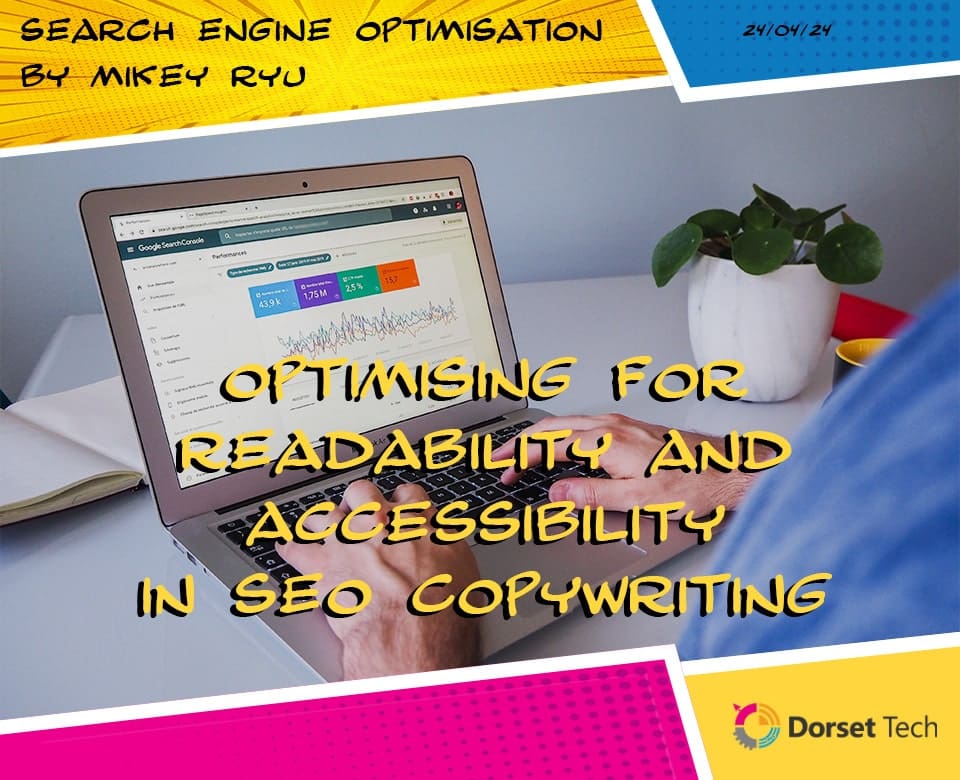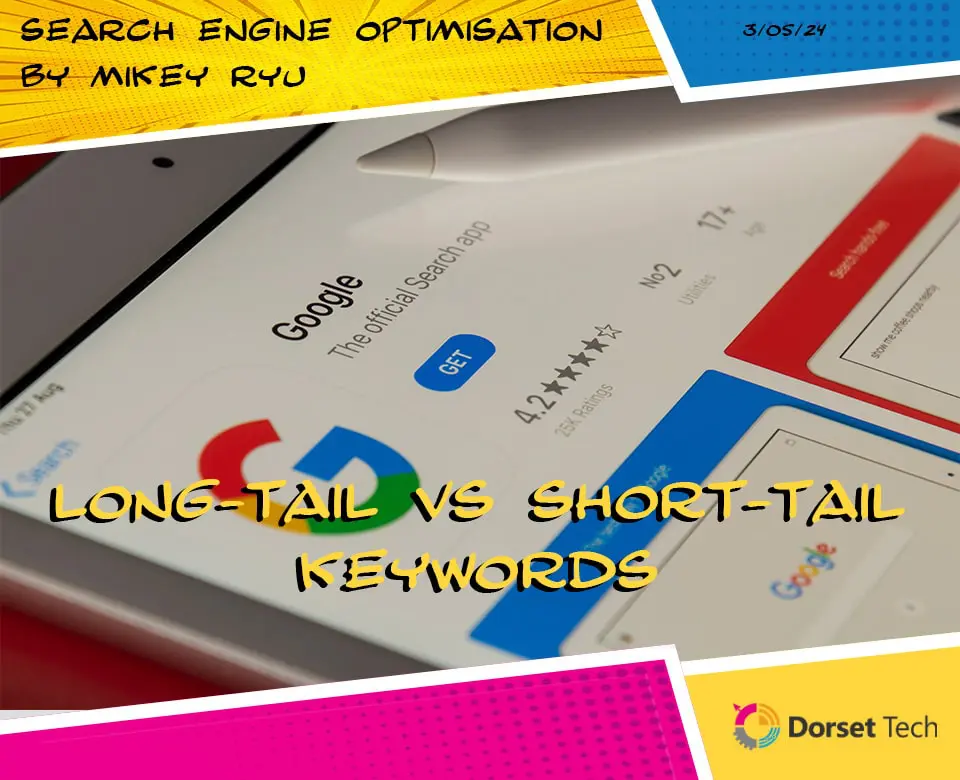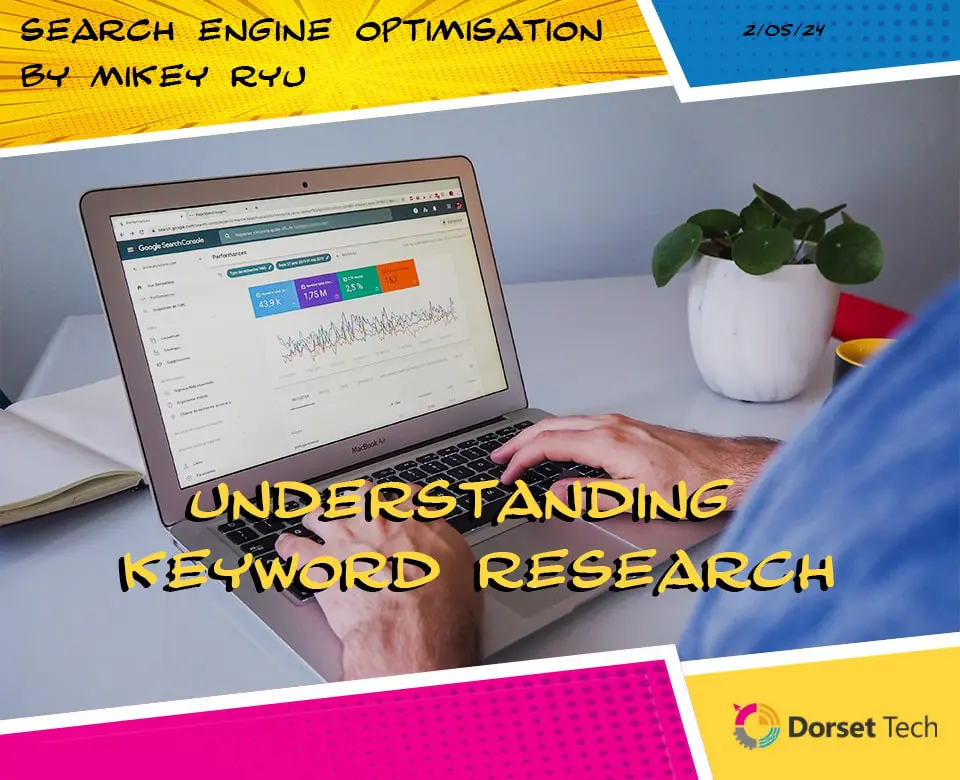
Optimising Readability and Accessibility in SEO Copywriting
In the realm of SEO copywriting, where the digital landscape is shaped by user experience and inclusivity, optimising for readability and accessibility stands as a cornerstone of success. It’s not just about crafting compelling narratives that captivate audiences; it’s about ensuring that every user, regardless of their abilities or devices, can access and engage with the content seamlessly. In this exploration of readability and accessibility, we delve into their paramount importance in SEO copywriting and unveil strategies to optimise content for maximum impact and inclusivity.
Prioritising Readability:
Readability is the bedrock of effective communication—a measure of how easily content can be understood and consumed by the audience. In the digital age, where attention spans are fleeting and distractions abound, readability plays a pivotal role in capturing and retaining audience interest.
Key strategies for optimising readability include:
Clear Structure:
Organise content with clear headings, subheadings, and bullet points to break up text and guide readers through the narrative. Use descriptive headings that succinctly summarise the content of each section, making it easier for users to navigate and find the information they need.
Concise Language:
Use clear, concise language that is free from jargon or unnecessary complexity. Avoid verbosity and aim for clarity and brevity in conveying your message. Remember, simplicity is key to fostering understanding and engagement.
Visual Elements:
Incorporate visuals such as images, infographics, and videos to complement textual content and enhance comprehension. Visuals not only break up the monotony of text but also provide alternative means of conveying information, catering to different learning styles and preferences.
Ensuring Accessibility:
Accessibility is the cornerstone of digital inclusivity—an ethos that seeks to ensure that content is accessible to users of all abilities, including those with disabilities. From visual impairments to motor disabilities, accessibility considerations encompass a wide range of factors that can impact user experience.
Key strategies for ensuring accessibility include:
Alt Text:
Provide descriptive alternative text (alt text) for images to assist users who rely on screen readers or have visual impairments. Alt text should succinctly describe the content and purpose of the image, providing context for users who cannot see it.
Semantic HTML:
Use semantic HTML markup to structure content in a logical and meaningful way. This not only improves accessibility for screen readers but also enhances SEO by providing search engines with clear cues about the structure and hierarchy of the content.
Keyboard Navigation:
Ensure that content can be navigated and interacted with using a keyboard alone, without the need for a mouse. This is particularly important for users with motor disabilities who may rely on keyboard navigation for browsing the web.
Measuring Success Through User Experience:
Ultimately, the success of SEO copywriting hinges on its ability to deliver a seamless and enjoyable user experience. By tracking metrics such as bounce rate, time on page, and user engagement, content creators can gauge the effectiveness of their readability and accessibility efforts and identify areas for improvement.
A/B testing can provide valuable insights into which formatting, language, or design elements resonate best with users and drive engagement. By continuously iterating and optimising based on user feedback and performance data, content creators can ensure that their content remains accessible, engaging, and impactful over time.
In conclusion, optimising for readability and accessibility is not just a best practice—it’s a moral imperative and a strategic advantage. By prioritising clarity, simplicity, and inclusivity in SEO copywriting, content creators can not only enhance user experience but also expand their reach and impact, forging meaningful connections with audiences of all abilities. So, let’s illuminate accessibility in our content, ensuring that every user, regardless of their abilities or devices, can access and engage with our narratives, enriching the digital landscape with diversity and inclusivity.





















